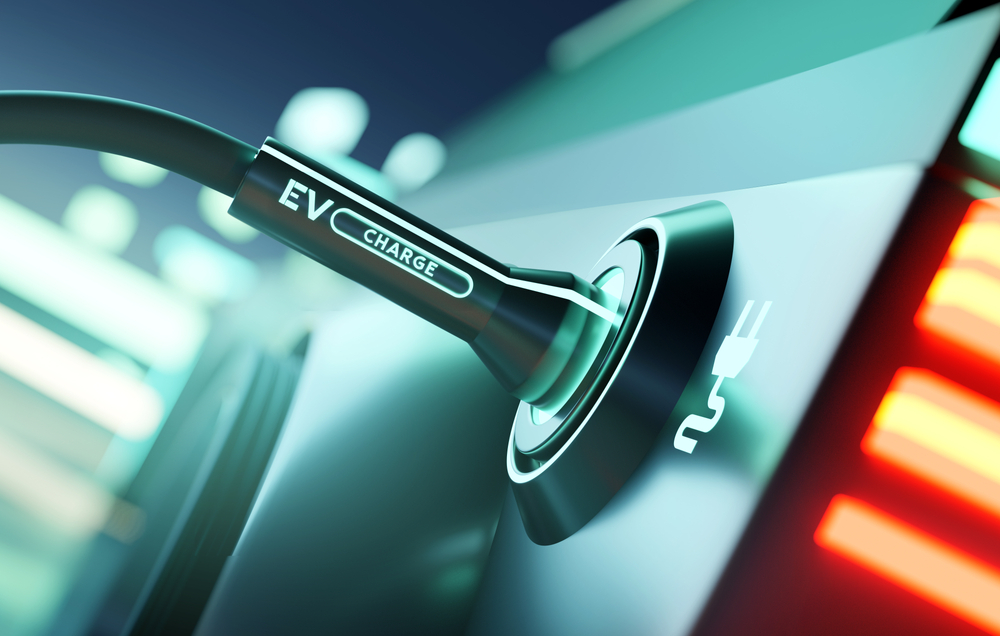New battery consortium ESiLib launches new initiative to meet Europe’s goals for a green and circular transition
According to a McKinsey & Company report, it is expected that about 70% of new vehicles will be electric by 2030, which will require around 1 TWh of batteries in the EU per year. In a bid to meet the soaring industry demands, the ESiLib consortium funded by EIT RawMaterials, formed by six leading parties in the industry, has officially kicked off this year.
The consortium’s goal is to prepare for the next generation of lithium-ion batteries for electric vehicles, specifically to produce lithium-ion batteries featuring technology advancements to cater for increased energy densities. Additionally, the project aims to supply increased quantities to meet the soaring demand for EV batteries that meets sustainability and cost criteria.
We are excited to support this project because closing materials loops for Li-ion battery anodes is of high strategic importance for Europe. The ESiLib consortium brings together leading advanced battery materials partners to increase circularity in the electric vehicle battery sector.
Michel Vanavermaete, Innovation Hub Director Central & West of EIT RawMaterials
With a budget of EUR 3.3. million, the collaborative research and innovation project ESiLib received EUR 2.35 million co-funding from EIT RawMaterials.
We are thrilled to have kicked off this project with a strong consortium in the EIT RawMaterials programme. Together with the project partners, we cover the supply chain for advanced silicon material for next-generation batteries. This enables us to work on aspects such as material costs, manufacturing process sustainability and up-scaling.
Axel Schönecker, CTO of E-magy and coordinator of ESiLib
Importance of silicon and closed materials loops
Increasing demand has led to the production of new battery cell chemistries that meet technical, cost and critical supply chain requirements. The rise of silicon, for example, is a key anode component of high-performance batteries but to increase the cost-effectiveness and the sustainability of silicon, achieving closed materials loops is critical.
Consortium of leading European materials parties
ESiLib project consortium will develop a more sustainable way of producing silicon for next-generation batteries by re-using waste streams. The project connects suppliers across the entire battery value chain: material, chemistry/component, equipment manufacturing and scientific partners.
Each company involved is a leader in its sector of activity and ideally placed on this value chain:
- E-magy: Developer and producer of nano-porous silicon material for batteries that overcomes the technical challenges related to the silicon volume expansion and resulting in 40% more energy density batteries. E-magy is the coordinator of the ESiLib consortium.
- Ferroglobe: One of the world’s largest producers of silicon. Their role in the project is to supply silicon, recycle SiO2, Si powder and up-scaling know-how and support.
- DCX Chrome: Leading producer of aluminothermic chrome metal responsible for the supply of chromium and the recycling of chromium salts in the process.
- SUSTEC: Global solutions supplier for sustainable etching technology. Their role is to develop and test etchant recycling processes and build equipment.
- CEA: French Alternative Energies and Atomic Energy Commission (CEA) is a key player in the research, development and innovation of advanced materials. Their role in the project is battery manufacturing, testing and qualification but also feedback on performance.
- Technical University of Darmstadt: Technical University in Germany, specialised in battery research. They will be responsible for testing the silicon performance in the battery, lab-scale testing, analysis and characterisation of battery materials.




